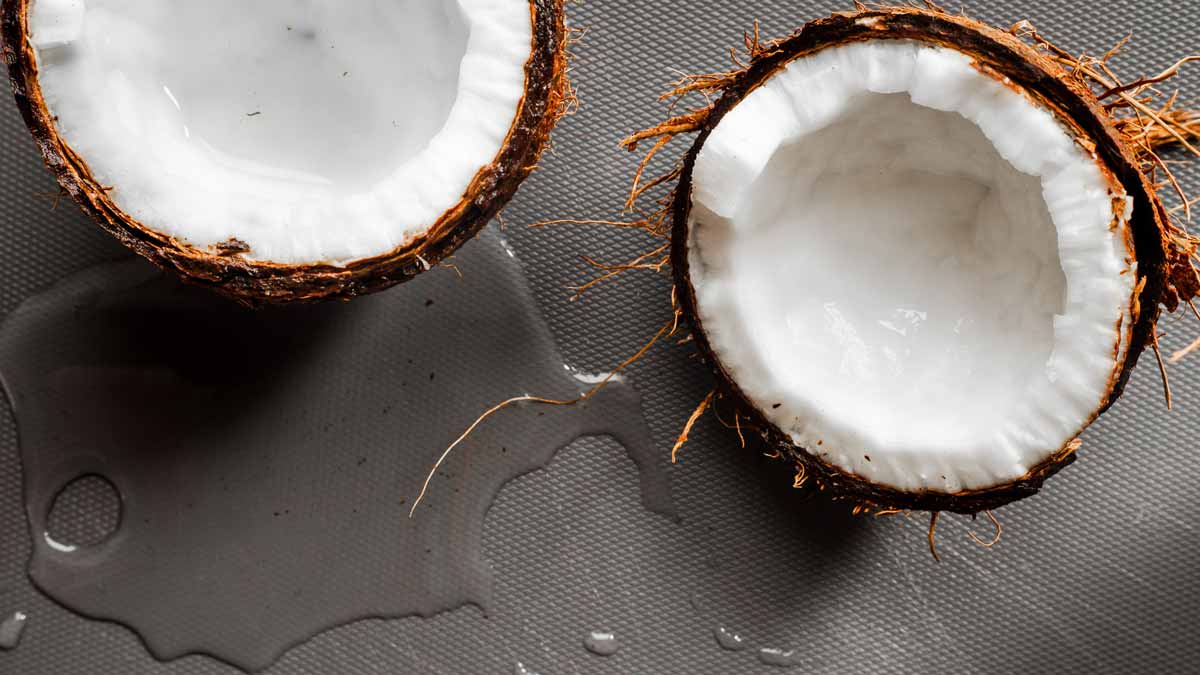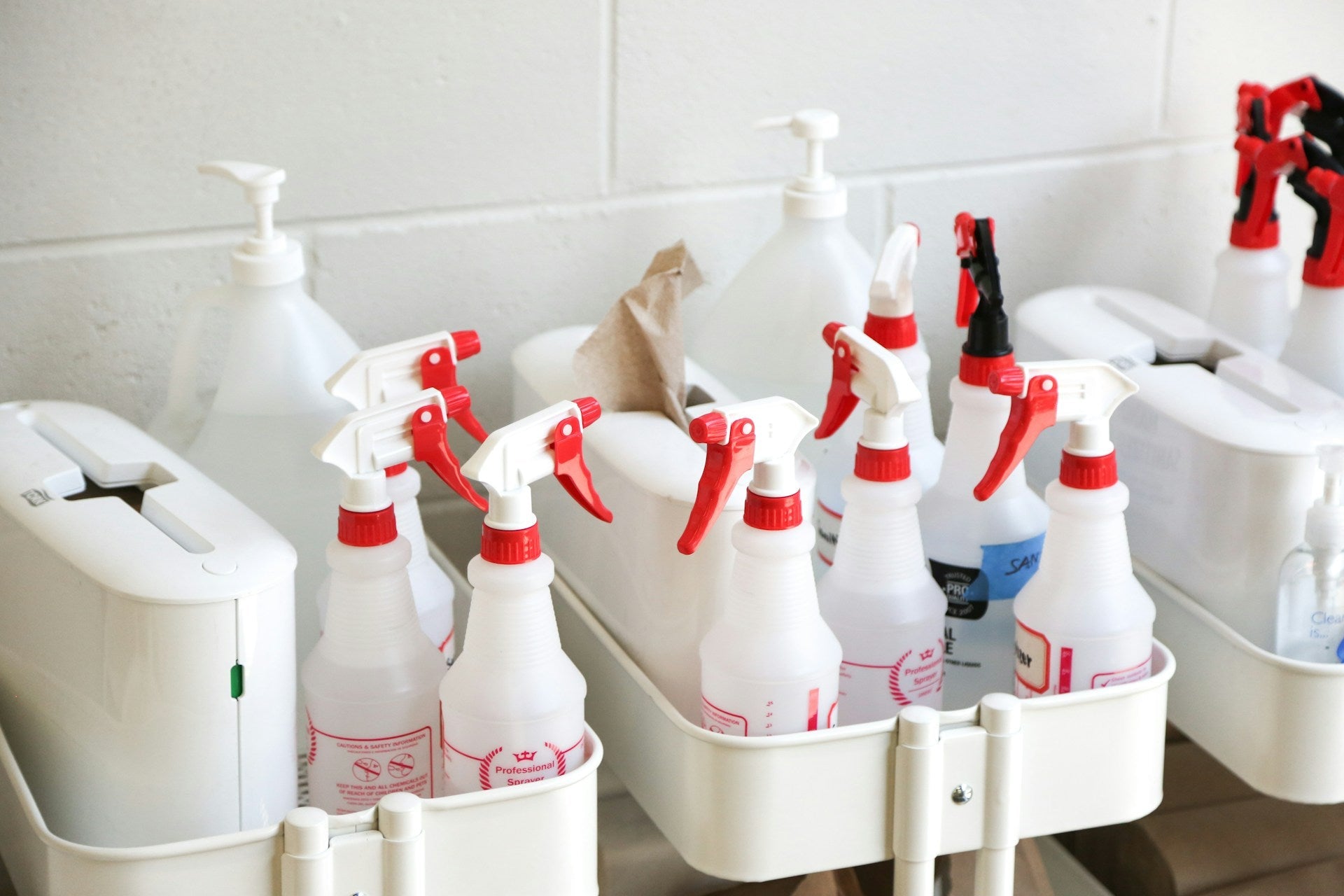
Lauryl Glucoside
- Derived from: coconut
- Pronunciation: (\ˈlȯr-əl\ \ˈglü-kə-ˌsīd\)
- Type: Naturally-derived
What Is Lauryl Glucoside?

Lauryl glucoside is a non-ionic surfactant and member of the alkyl glucoside family (e.g. coco glucoside, decyl glucoside) which are substances formed by mixing alcohols and sugar and/or glucose.[1]
This ingredient is usually sustainably sourced from palm kernel oil, corn sugar, or coconut.[2] It improves the cleansing process without stripping necessary moisture.
Note: Puracy only uses lauryl glucoside that's derived from coconut.
How Lauryl Glucoside Is Made

Commercial production of lauryl glucoside generally starts by mixing palm, corn, or coconut alcohol with either sugar, glucose, or a glucose polymer under acidic conditions.[3,4]
What Does Lauryl Glucoside Do?

Learn more about this ingredient’s applications and uses.
-
Skincare and Body Care
As a surfactant and cleansing agent, lauryl glucoside breaks surface tension so dirt and oil are lifted and washed away more easily.[1] This is a great reason that you can find lauryl glucoside in shampoo, face washes, bubble bath, body wash, and other personal care products. [5]
-
Dental Care
As a surfactant, lauryl glucoside has foaming qualities that make it an effective ingredient in toothpaste and tooth whitening products.
-
Cosmetics
The ingredient is often used as a cleansing agent and surfactant in cosmetics, including makeup primer, eye makeup remover, BB creams, and eye cream.
Lauryl Glucoside Uses in Puracy Products

Instead of sulfates, Puracy uses lauryl glucoside as a surfactant and cleanser in many of our foaming products, as well as in our concentrated dish soap formula.
Is Lauryl Glucoside Safe?

Learn more about the ingredient’s safety when it comes to your health and the environment.
Common Concerns
- Cancer: Low risk
- Allergies and Immunotoxicity: Low risk
- Development and Reproductive Toxicity: Low risk
- Use Restrictions: Low
-
Health Safety
EWG has awarded lauryl glucoside a "1" safety rating for personal care products [5] and Whole Foods' Body Care Standards[6] list the ingredient as a suitable surfactant and cleanser. Further research shows that lauryl glucoside side effects rarely include skin irritation. [3,7]
As a mild surfactant, it is safe to use on your skin and is often included in products targeted towards sensitive skin. It is also safe for your hair, as it can effectively cleanse follicles without stripping them. In facial cleansers, a safe concentration is between 10-20%, while 15-30% is recommended for shampoos.
-
Lauryl Glucoside vs Other Surfactants
Compared to Sodium Lauryl Sulfate (SLS), which is derived from sulphuric acid, lauryl glucoside is derived from glucose, making it milder and non-irritating. As a foaming agent, lauryl glucoside's high viscosity makes it more stable, making it a safer alternative to decyl glucoside and coco glucoside, which often disappears quickly.
-
Environmental Impact
Lauryl glucoside is completely biodegradable and low potential for bioaccumulation.
Sources
[1] Cosmeticsinfo.org[2] Derm Review
[3] Cosmetic Ingredient Review
[4] Ash, M., Ash, I. Handbook of Green Chemicals (2004) Synapse Info Resources
[5] Environmental Working Group
[6] Whole Foods Body Care Standards
[7] Corazza, M., et al., “Irritant and sensitizing potential of eight surfactants commonly used in skin cleansers: an evaluation of 105 patients.” Dermatitis. 2010:21(5);262-268


























